- Locations: Western Forest Conservation Complex, Kanchanaburi, west Thailand
- Active dates: 2005 - 2015
Aims
Turn human-elephant conflict in and around conservation areas into human-elephant co-existence by raising awareness, changing attitudes and effecting collaborative conservation action whilst sharing lessons learned and best practice with others also tackling conflict.
Species
Background
The largest land mammal in Asia, this intelligent, highly social animal lives in family groups of related females and their offspring, led by a dominant female. It can eat up to 150kg of food every day, and has a taste for crops like banana and sugarcane which can be problematic for farmers. This elephant can live up to 70 years, and it plays a crucial role in its forest ecosystem, helping to open up forest clearings and distribute seeds. It can provide water for other species by digging holes in dry riverbeds and may help create paths between forest patches which can act as firebreaks.
Actions
1. Understand human-elephant conflict (HEC) past, present and future around and inside the conservation areas through monitoring and surveys
2. Mitigate HEC (present, future) around the conservation areas by facilitating crop-protection and corridors and inside the conservation areas by improving protection
3. Reduce HEC (future) by facilitating Human-elephant coexistence at local level through awareness and training and at provincial/national levels through law and policy improvements
Gallery
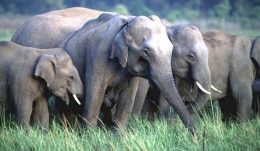
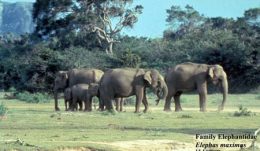
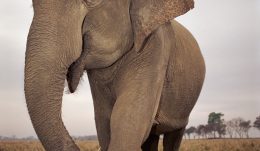
Achievements
Dec 2006 – completed forest surveys in Salakpra, recording elephant seasonal distribution, habitat use and human threats.
In 2010, trained Salakpra rangers in the ‘smart’ patrol system of protection using monitoring information system technology to collect data and inform management. Smart patrolling is now Thai government policy.
In 2010, following our 2007 recommendations to secure a corridor for large mammals to move freely between Salakpra and the natural world heritage site due north, the government approved the Srisawat Corridor plan which is now in process.
2009 – helped local leaders establish a Salakpra Elephant Ecosystem Conservation Alliance to facilitate community forest restoration and alternative livelihoods for forest users.
Trained 15 villagers to record, map and measure all incidents of crop-raiding, and by increasing awareness in this way, achieved significant changes in attitude among farmers, community leaders, representatives, staff and politicians.
In 2008, mapped land-use and land-ownership in areas of human-elephant conflict around Salakpra. At our request, the provincial governments funded 47kms of electric fencing to deter elephants from entering the most vulnerable areas of human habitation, further strengthening our relationship with local communities.
Several alternative livelihood enterprises are now underway, including mushroom growing, fruit drying, egg production, jewellery making and a herbal medicine nursery.
A Thai-English children’s storybook about human-elephant conflict was published in December 2012.
Collaborators and Supporters
-

Darwin Initiative
-
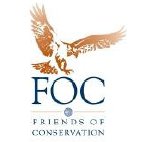
Friends Of Conservation
-
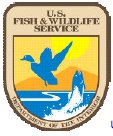
US Fish & Wildlife Service
-
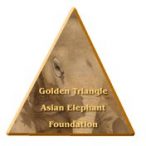
Golden Triangle Asian Elephant Foundation
-

Kaidranen Nature Conservation Fund
Related blog posts

African Elephant is IUCN Species of the Day
The African elephant is extremely intelligent, highly adaptable, and exhibits remarkable social cohesion. This species is also the IUCN Species of the Day and…